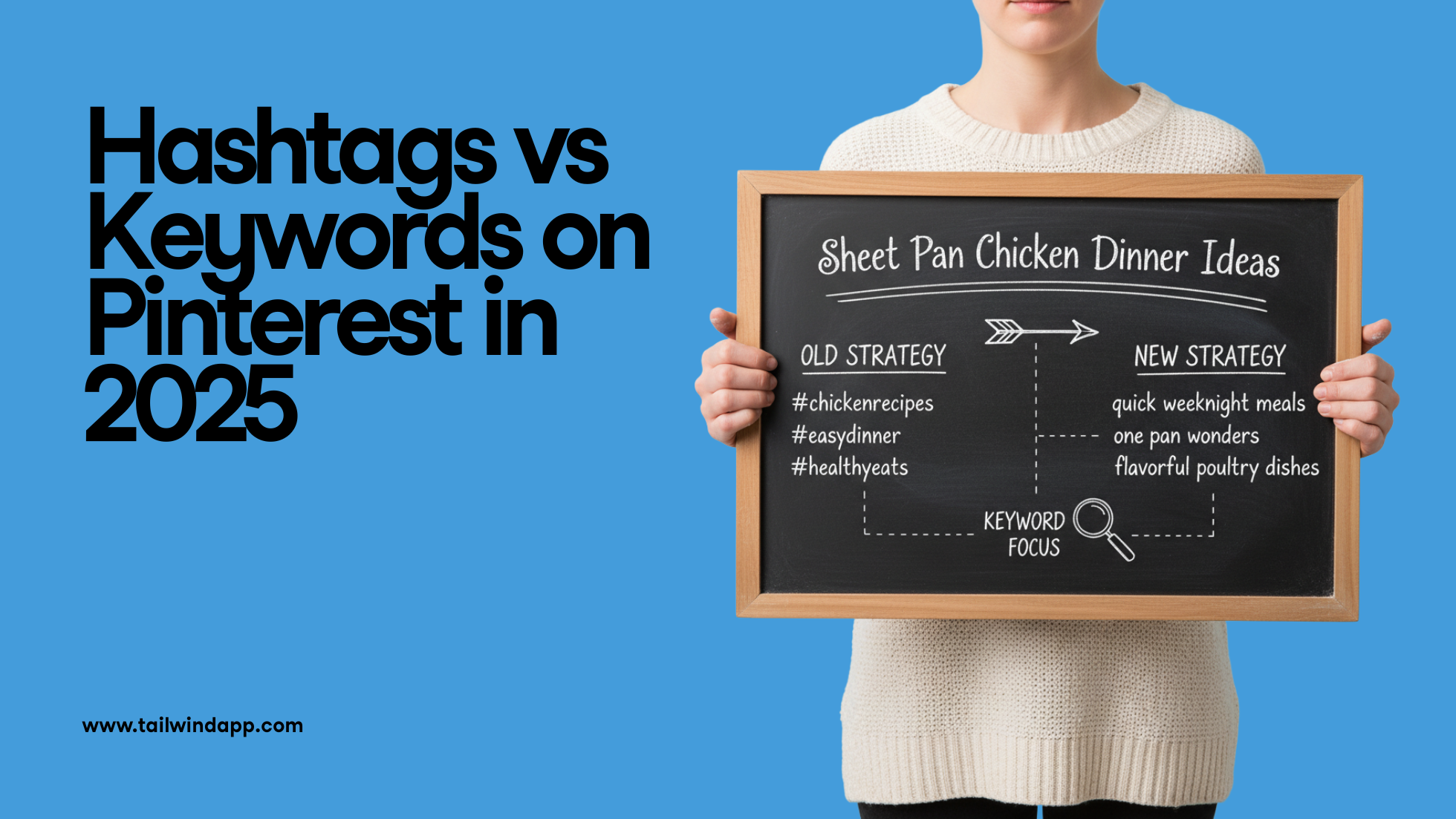
This is a guest post from Kayla Marie Butler of Ivorymix.com.
E-commerce businesses can sink or swim based on product photography. And while lifestyle photos tend to dominate e-commerce photography on Pinterest, gorgeous flat lay product Pins can appeal to users in a different way that works well with the “inspire, plan, and shop” mindset of a Pinterest user.
When it comes to making a purchasing decision, 93% of consumers say photos of products are absolutely essential. Every photo you take and share online represents your product’s perceived value and quality.
What flat lay photos can offer your products is a way to show off the closer details of and quality. In a split second, product photos convey values such as brand, way of life, and state of mind — however they can also impart subtle, but important, elements for your products, for example, item material details and quality.
As a photographer, and e-commerce website owner myself, I can attest to the fact that the success of your online store depends in large part to having great-looking photos which make your products irresistible. The quality of these photos can have a big impact on traffic from Pinterest, and more importantly, on how much you sell!
Whether you’re looking for new ideas to approach your product styling, or gathering some techniques to try on your next photo shoot, these concepts for flat lay photography will help you create stunning flat lay photos, enabling you to showcase your products beautifully on Pinterest and elsewhere.
Photographing Flat Lay Backgrounds
As you begin to plan promoting a new product on Pinterest and prepare for your photoshoot, it’s best to start with the background.
You can utilize any surface you like – a table, a cloth, a chair, a foam board, paper or almost anythin else. In most cases, it’s best to stick with simple backgrounds as it helps products take center focus, particularly if the products are small. Avoid using anything with a pattern or heavy texture; it will distract from your product. And since most Pinterest users are on mobile, clarity and sufficient whitespace is an absolute must.
In some cases, the background can become part of the overall composition that can help accentuate an element of the story of your product that you want to convey. An example of how the background can enhance an element of the story is shown in the below images where I’ve used a marble top, which might be on the consumer’s vanity where they would use this makeup. Just don’t go overboard with background details or your photo can seem too fussy – and it will be hard to decipher on Pinterest!

Color Palettes for Great Flat Lays
When an artist chooses colors of paint for their paintings, they take many things into consideration. Since colors define mood, if their painting is to convey a happy mood, they’ll likely choose more bright and saturated colors. Although it may seem like there are many colors in some paintings, these are often thought out and well-planned color schemes.
As a photographer, be deliberate with the colors you use before you begin. Much like an artist would choose a scheme, you will need to pick a color scheme and plan for your photographs according to the mood, story, brand and products. Take some time before you pull out your camera to pick distinctive tints, hues, and shades that go well with your product. These can be shades of only one color, black and white, or your own delightful blend of on brand colors.
When choosing colors for your photos, consider what emotions you want to evoke with your product photos. If you are going for comfortable and cozy, you might choose dull blues and perhaps delicate blush pinks.
Then again, fresh greens and white are a good choice if you are going for an inspiring and airy feeling. You can read more about the meaning of different colors in this blog post from Canva.

Props for Flat Lay Pin Photos
Think about the items you’ll use to tell a story about your product. In some instances, this may come down to the color of the objects; but in almost all cases, the objects and props should be related to the subject matter. For instance, if you sell recipe books, you might include ingredients, utensils, and linens as props for your photos. If your product is high-end and comes with a higher price tag, you’ll most likely want to match that quality in the props you choose.
When I make decisions about what props to use for the photos I create or the product photos I take for clients, I ask myself this simple question. “Would the ideal customer also own this and have it by their side when using the product I am photographing?”

Lighting Your Flat Lay Pin Photography
With all photography, good lighting is essential. Though I prefer natural light, I generally utilize studio lighting for consistency. Keep in mind that being closer to the light source (like a window) will mean a more brilliant and brightly-lit photo. Getting further away from the light source will mean a photo that may appear a bit more moody and dim.

For a flat lay photo, it’s best to think about where your shadows will land when photographed. I’ve found that it’s better and more pleasing to the eye for the shadows to land left or right of the objects as opposed to the shadows landing above the object. In these examples below, see how shadows can be either a large or small component of your photo – depending on the effect you desire.

Adjust to create long shadows or short shadows by varying the height of the light source relative to the surface you are shooting. Generally, and you’ll find it feels better and more natural when the light is diffused.
In very few cases you may prefer to use direct lighting (direct sunlight or an exposed light bulb). It’s all about the way it looks and the feelings it evokes.
Effective Flat Lay Composition
First, consider how you will use the photo in your marketing. If you know you will only use your photography on Pinterest, then you can go ahead and choose a vertical format. But if you’ll also use it on Instagram, Facebook and other places, make sure you layout will work for square and wide images as well.
Knowing if you need to add text to your product photos or where your product photos will be used can help you make better decisions about how you frame the photo, which will make your life much easier from the start. Effective Pins often do utilize text on the image, so make sure you leave room for that.
The rule of thirds is a simple technique that can increase the visual interest of your photo. Simply visualize a concept that uses a grid of 3 x 3 squares and suggests that you can create more visual interest by place keying objects on the intersecting points.
Most cameras and phone cameras can display a grid when taking your photos. This option is usually located under the camera’s settings menu. The grid comes in handy when using the rule of thirds to help with your composition.

The fun in photography is hardly found in following rules though, which is why some photos require what I like to call “freestyling”. Freestyle photography is often referred to as “lifestyle” photography where objects are more scattered in an image to help your products appear usable as they are viewed in a more natural environment than in a clearly structured and styled scene.

Freestyling is about finding a balance and flow between your props and products. When styling, think about the placement of the larger items. When you make an effort to scatter larger objects through the frame, it can appear more pleasing to the eye and draws you in to take a closer look. It encourages viewers to absorb the details and while smaller items sit between the larger ones to create balance it helps our eyes bounce from one larger object to the next.
Another thing to consider in your composition is the texture of the items you choose to photograph to create interest. You can do this by mixing object textures – consider using some hard (ceramics, metals, glass etc) and some soft (linens or flowers).
Choosing the Focus of Your Product Flat Lay
In most cases, your product will be the main focal point of your photography. Meaning they will be larger in the frame. The largest object or product in a flat lay is often referred to as the hero of the image. Since the hero should to take center stage, it’s your job as the photographer to only place supporting props and elements in your scenes that don’t distract from the product.
The rule of thirds can help you think about where you place the main focus of your image and help you decide whether it should be in the center or on one of the intersecting cross hairs in your 3×3 grid of square. When aiming to place your main focal point in the center of the grid, it’s best to ensure the center is perfectly center and not “close enough.” If you find that you’ve taken your photo with the object slightly off center, remember that you can crop and finetune your framing when you edit your photos.
Storytelling with Flat Lay Images – Perfect for Pinterest!
Your product has a story and like all good stories, the photo you create will have heros and supporting characters. But, it can be a challenge to choose props which contribute to your story, rather than detracting from the attention due your hero.
If your product is, say, a course or ebook on creating floral arrangements, it might seem like taking photos of finished arrangements is enough. However, if you consider the objects used to create a floral arrangement, you might start thinking about scissors, string, a vase, and maybe a jug of water. Suddenly, as we start to add these supporting characters, a story of your product and hero begins to take shape.
Beyond that, Pinners love a good story. To motivate them to buy, they need to picture themselves in the story, and showing the product in its natural habitat is the best way to do that! One visually inspiring way to tell a story about a product on Pinterest is to show a stack of photos that demonstrates the product in use. Just make sure to stay within Pinterest’s ideal image ratio of 2:3.

The story you choose to tell could be one about how the product is made or how it’s used on a daily basis. In some cases it can also be as simple as a color story where every object in the photo shares a similar hue.
In Conclusion
Photos can make or break a sale in just a few short seconds – and long before anyone even clicks on your Pin. Using stunning flat lay images on Pinterest is one of the best ways to clearly highlight the details and quality of your product before shoppers get to your e-commerce website.
You’ve now got some great ideas to approach the planning of your product styling on your next photoshoot. Armed with these seven handy styling tips, you are ready take a spin at styling your own flat lay product photos to help you achieve better traffic and sales on Pinterest!
Pin me:











